Rainbow Salt Circuit
Rainbow Salt Circuit
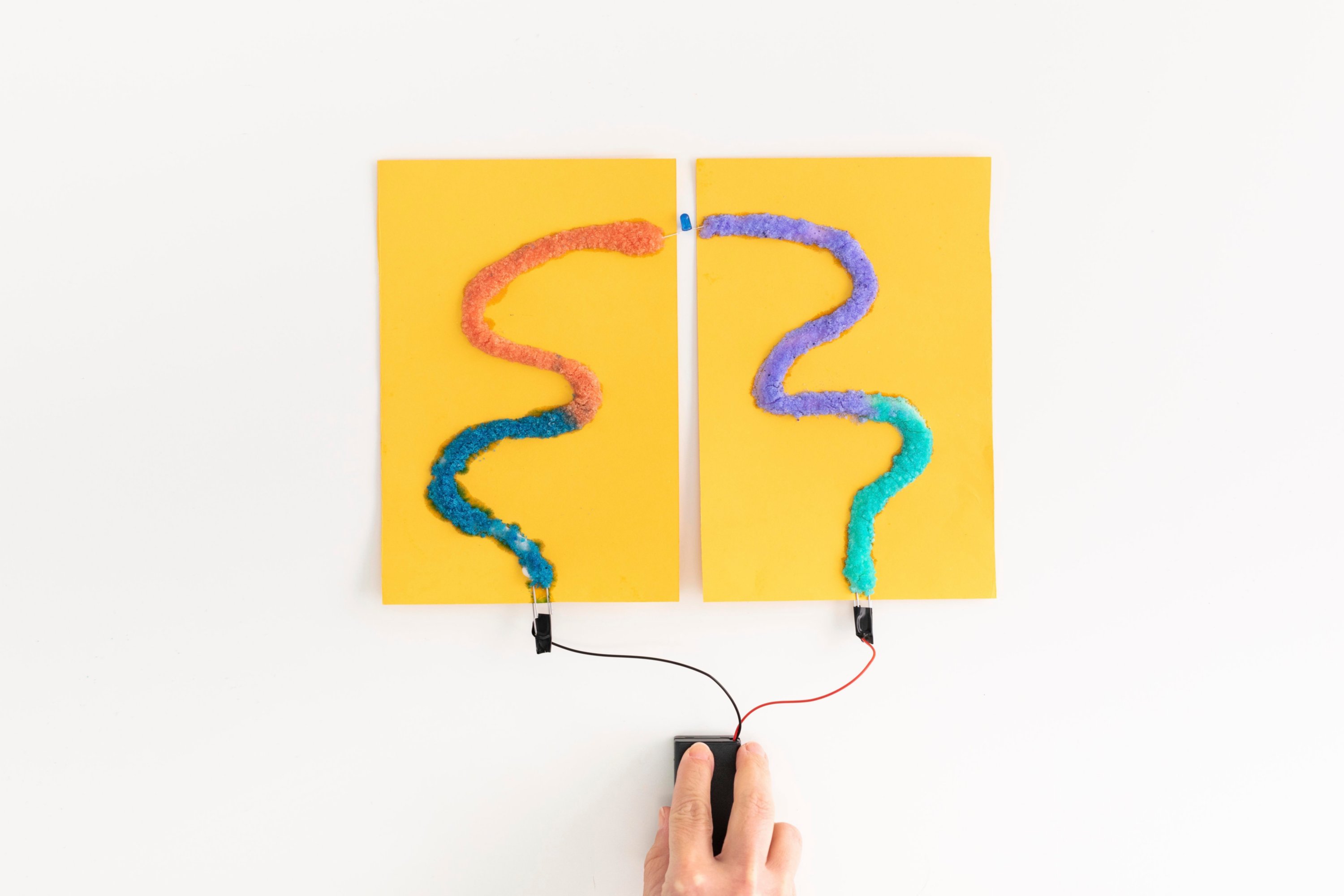
School Year: 4–6
Activity Time: 15–30 minutes
STEAM Subject(s): Physics (Electricity & Circuits), Engineering, Art
Supplies:
- Basic AA wired battery box
- Two AA batteries
- Electrical tape
- 2 paper clips
- 3 or 4 jars
- Spoon
- Salt
- Construction paper or card stock
- Elmer’s White School Glue
- Coloured LED light
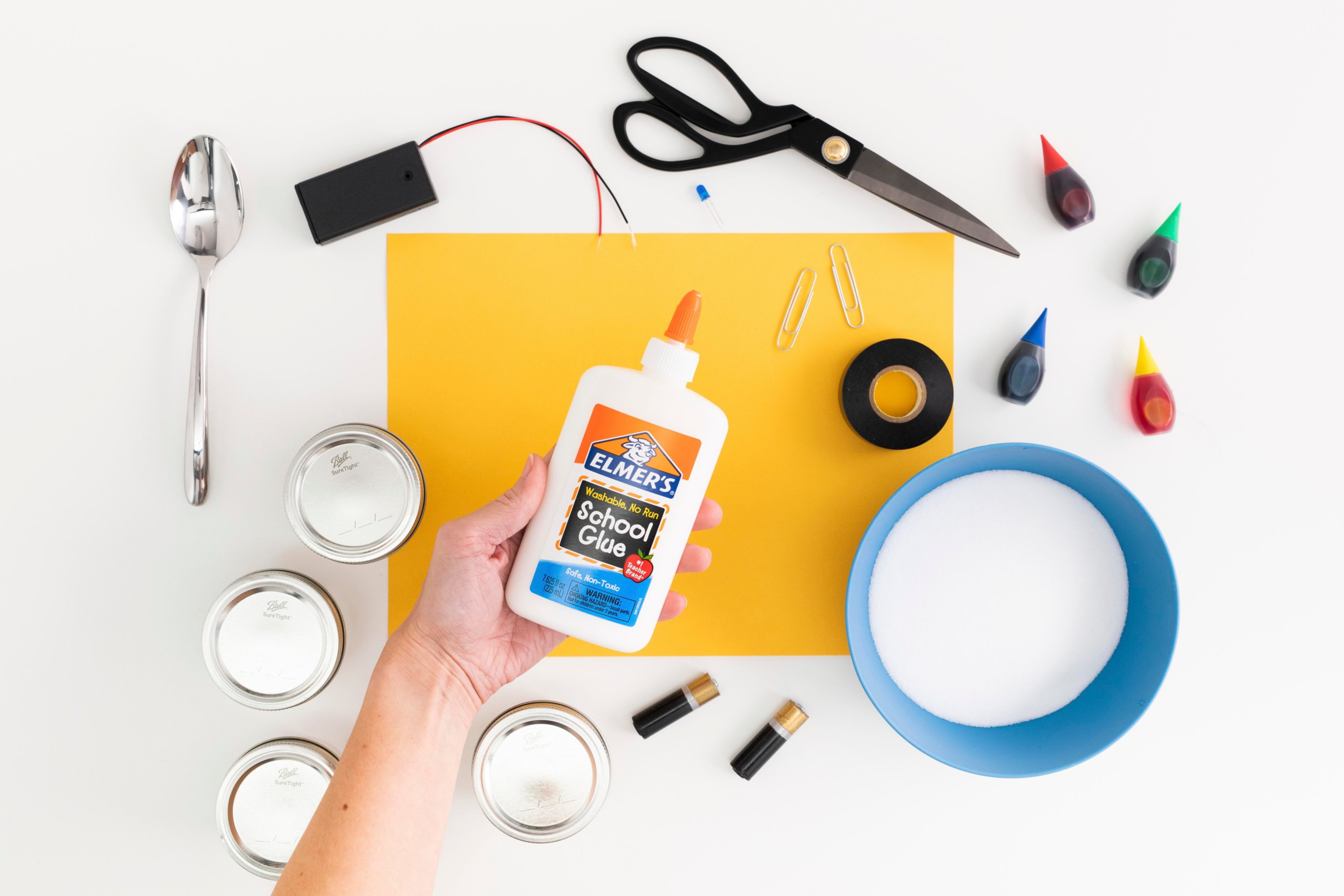
Instructions:
- Using electrical tape, attach the wires on the battery pack to the paper clips. Set to the side.
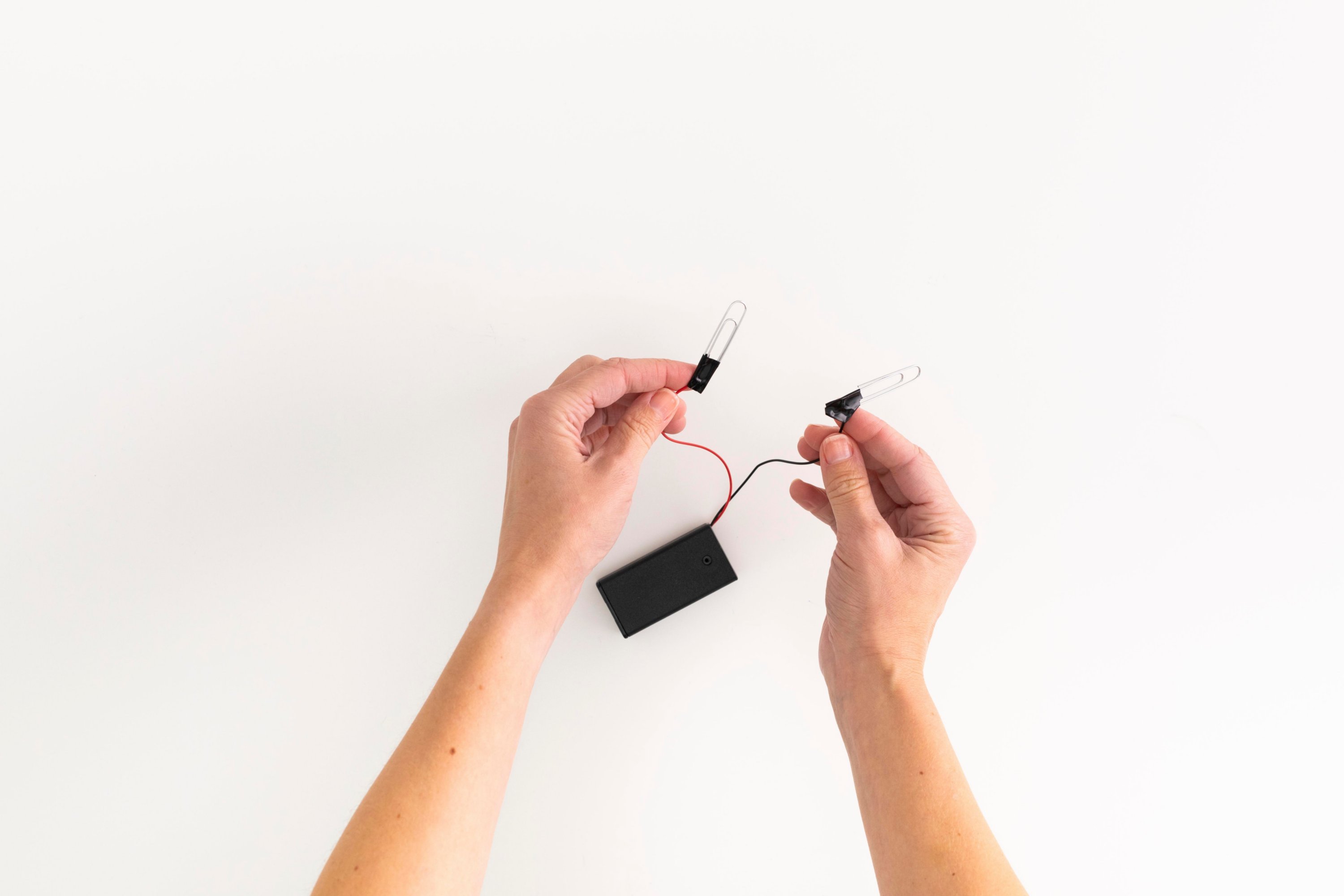
- Put 3 or 4 spoonfuls of salt into each Ball jar. Add 2 or 3 drops of food colouring. Close the lid and shake.
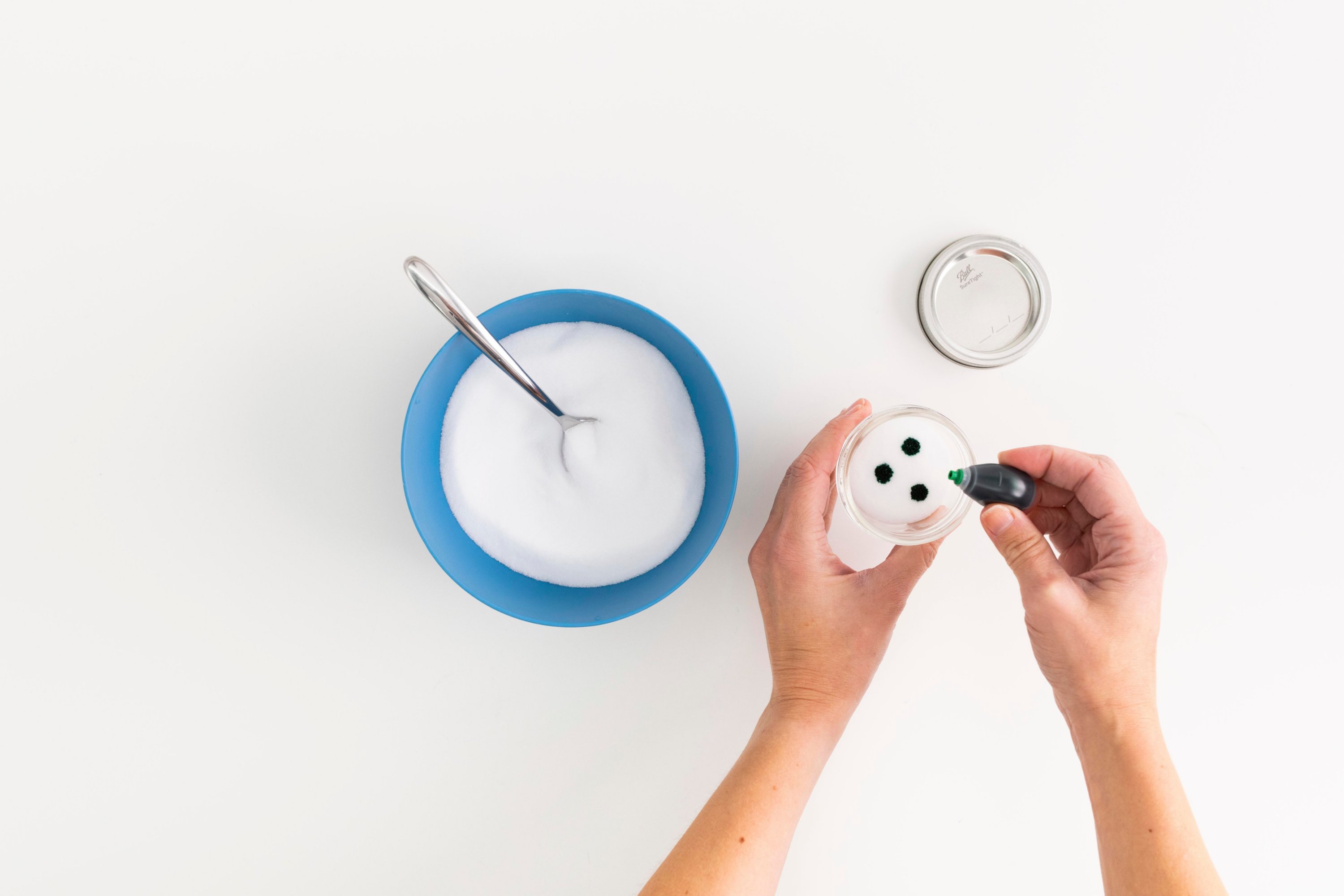
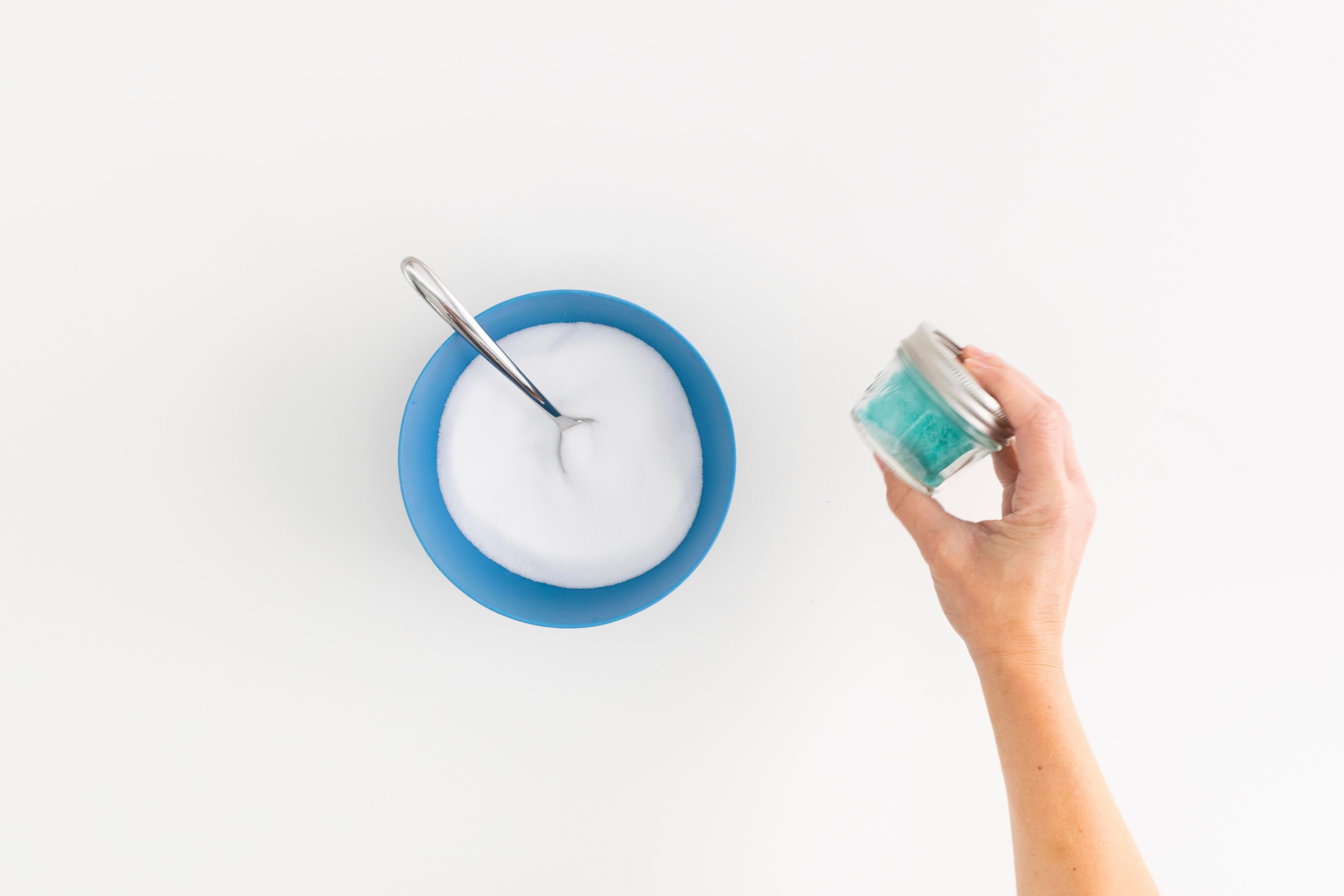
- Cut the paper in half.
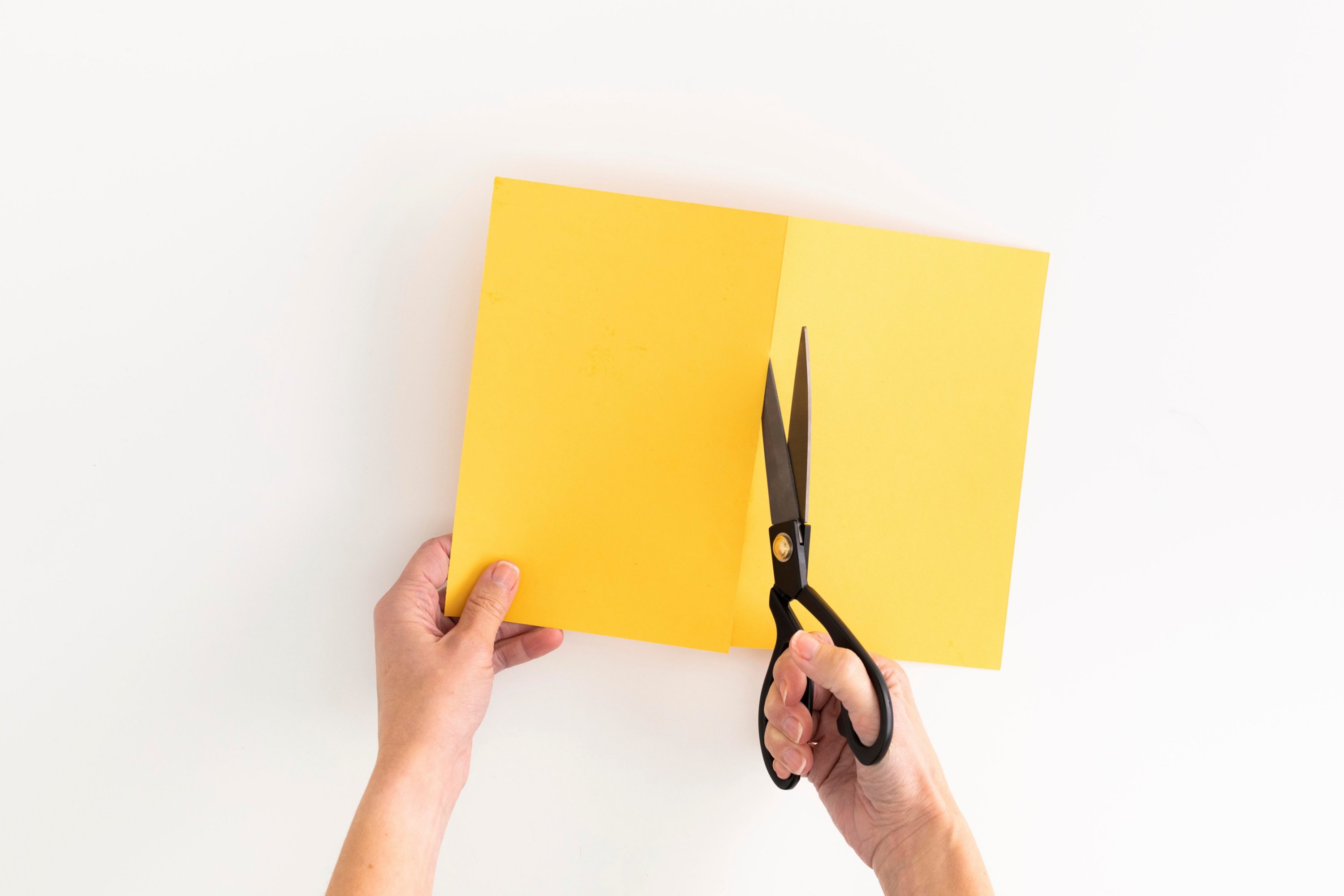
- Using the glue, draw a thick squiggly line on the paper. Since you’re making a circuit, it’s super important that the glue goes all the way to the edge of both the top and bottom of both pieces of paper. Otherwise your light won’t turn on at the end!
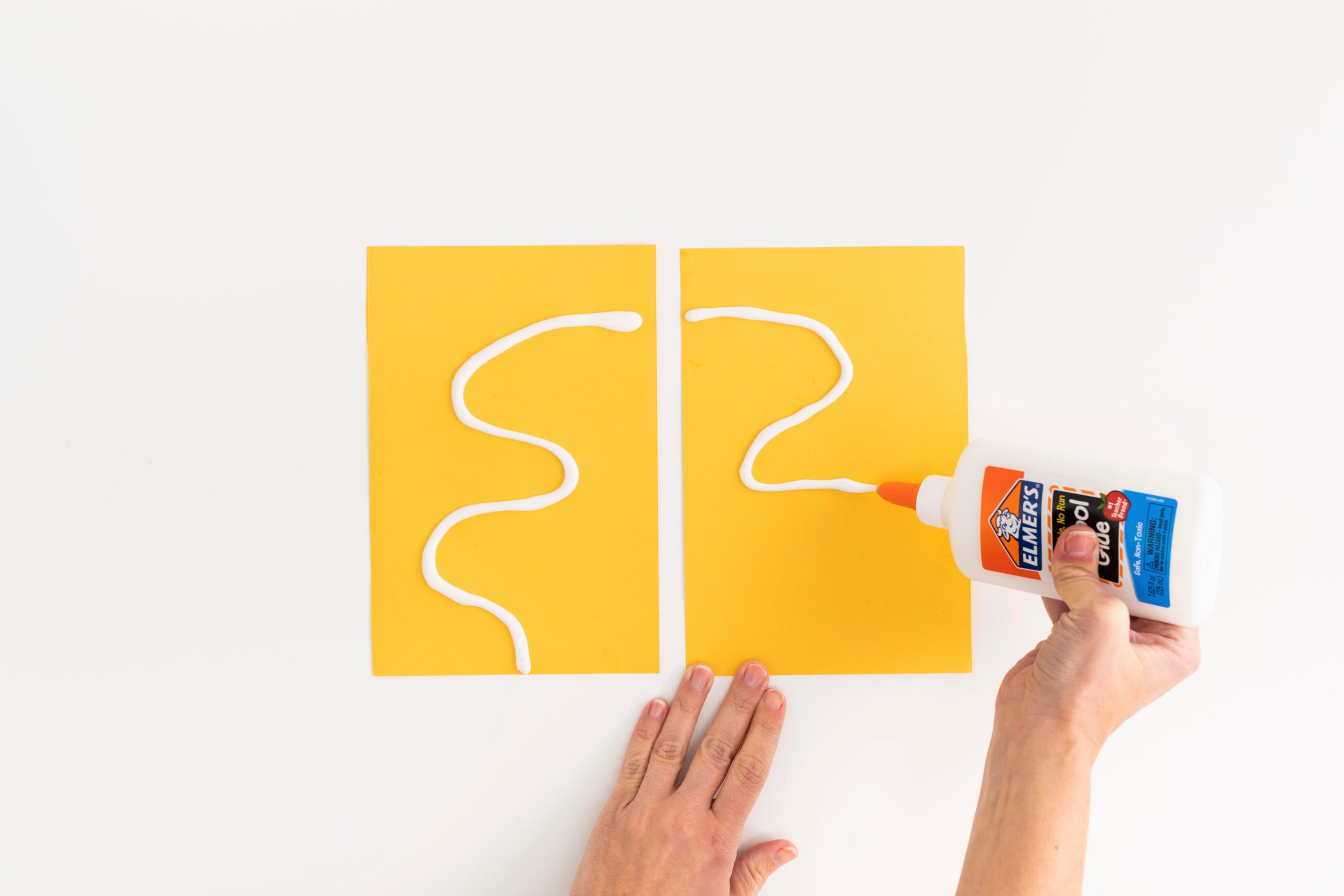
- Before the glue dries, sprinkle your coloured salt onto the glue. Shake off the excess salt into a bowl.
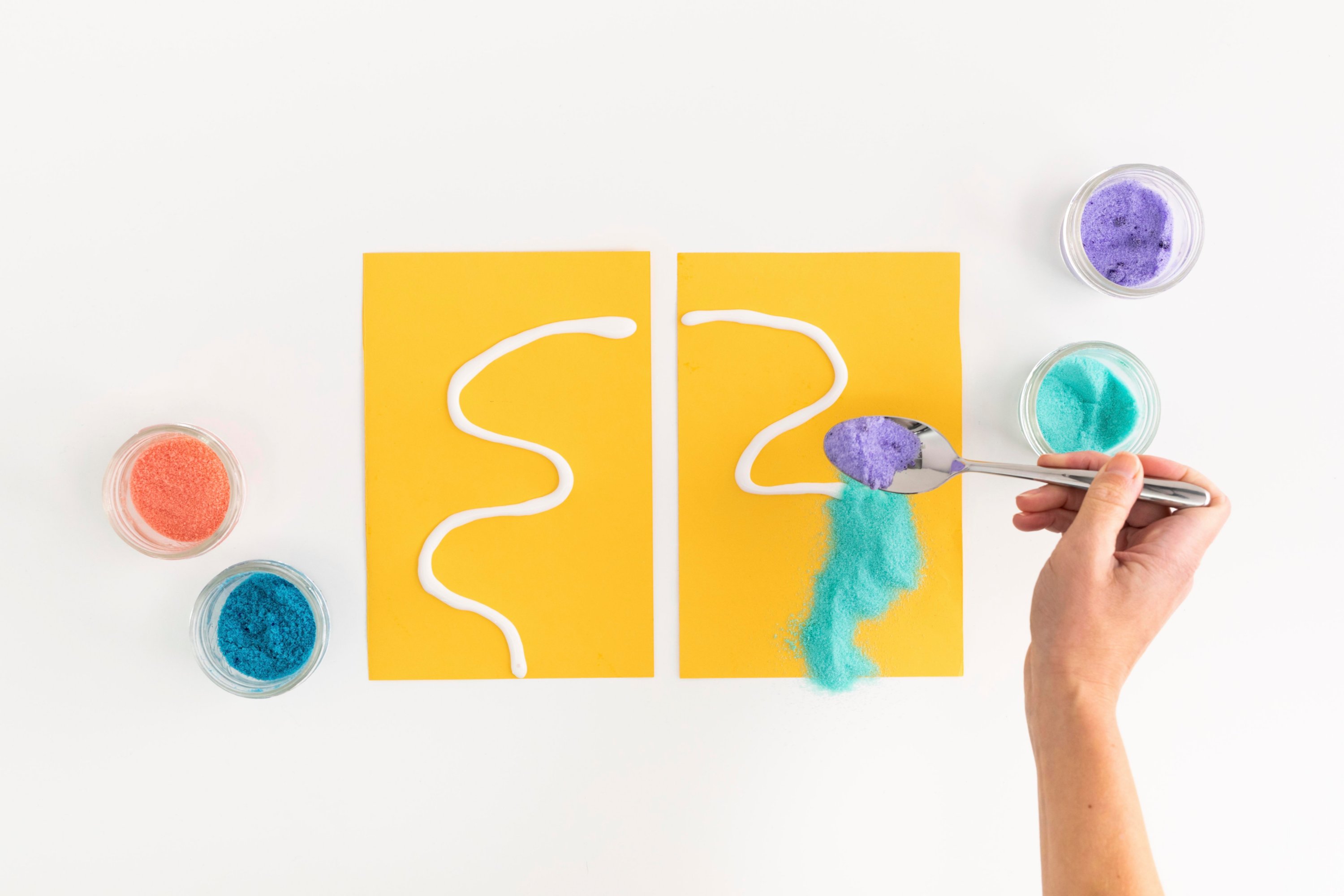

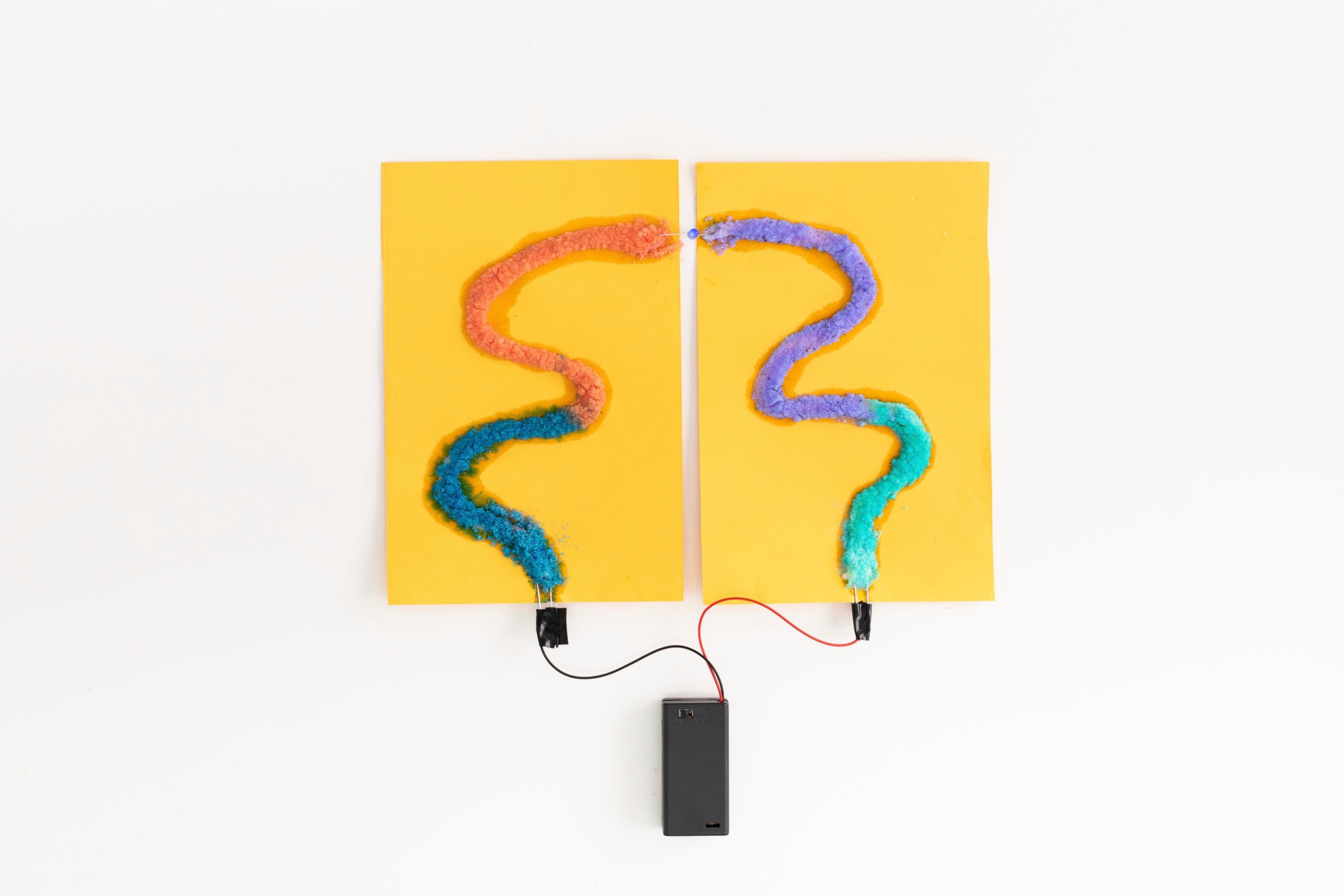
Learn More – STEAM Extensions:
- What exactly is electricity? Electricity is a form of energy that we use every day. Take a few minutes to think about how many times you’ve used electric energy in the last hour. We’re guessing that it’s a high number! Electric energy gives us light, charges our phones and computers, and allows our appliances to work.
- What is a circuit? Electric energy needs a path to get from where it is being stored (usually a battery) to where it needs to work its magic. This path is called a circuit. This circuit must be a continuous, unbroken loop, or the electricity won’t be able to travel from the power source to the item you hope to light up.
- Did you know that electricity flows easily through some items and not so easily through others? A conductor is a material that transmits electricity, which means electricity flows easily through it. In this experiment, the salt, the metals in the wires, and the paper clips are the conductors. Notice that the entire circuit is made of conductors. If you took away the paper clips, wires, or salt, your light bulb wouldn’t light up. An insulator is the opposite of a conductor. Insulators stop the flow of electricity. Do you see how the wires are wrapped in plastic? That plastic insulates the wires to contain the flow of electricity.
- What about the glue? You’ll notice that the glue is neither a conductor nor an insulator. Instead, the glue’s job is to keep the salt together. Had you just clumped a lot of salt on the page, you might have been able to make a complete circuit, but one swish of the fingers and that circuit would have been broken. The glue makes a nice, clear and complete path for the salt to stick to so that it can conduct electricity to the light bulb.
- Your science project as art. Did you wonder why we had you colour the salts before using them? The answer doesn’t have anything to do with science – white salt would have worked just as well as coloured salt. The answer has to do with art! Lights are beautiful, and when they glow over coloured crystals (salt), the reflections twinkle and sparkle. Once the glue on your circuit dries, the paper clips and light should be permanently attached to the paper. Hang your art up in your room or place it in a shadow box (where you have easy access to that battery box switch) and enjoy the colours and the light.
- Have you ever wondered how a light bulb lights up? In the glue salt circuit, you made a path out of salt and glue for chemical energy to travel. Go you! When given a path made of electrical conductors (that’s your wires, glue and salt), the energy that is stored in the battery starts to move. As long as the path is free of any obstacles (like a pesky piece of insulating plastic or some air), the electricity will move right down that path and enter the light bulb, and the light bulb will light up. What would happen if you put an obstacle in the way of that travelling electricity? Try removing one of the paper clips from the glue and salt. Then put air (an insulator) in between the metal and the salt and the glue (conductors). Did your light turn off? Yep! Now reattach the paper clip, and the light should turn on.
Troubleshooting Tips:
- Help! My light bulb will not light up.
Make sure the paper clips from the battery pack and the wires from the LED light bulb are touching the glue lines to form the loop for the electrical current to flow.
- I checked my paper clips and wires, and my light bulb still won’t light up.
Check the battery! If the battery is dead, then the circuit will not work.
Level Up – Options for Older Kids:
- Can you light up two light bulbs? A chain of lights? Experiment with making a glue salt circuit with more than one light. You will still only need one power source (battery box), but you will need to make a continuous loop of conductors with no gaps for the lights to work. Try using three or four pieces of paper, making longer glue and salt paths, or adding more paper clips and wire. The possibilities are endless!
Standards Alignment:
Next Generation Science Standards
- 4-PS3-2: Make observations to provide evidence that energy can be transferred from place to place by sound, light, heat and electric currents.
- HS-PS2-5: Plan and conduct an investigation to provide evidence that an electric current can produce a magnetic field and that a changing magnetic field can produce an electric current.
- HS-PS3-3: Design, build and refine a device that works within given constraints to convert one form of energy into another form of energy.